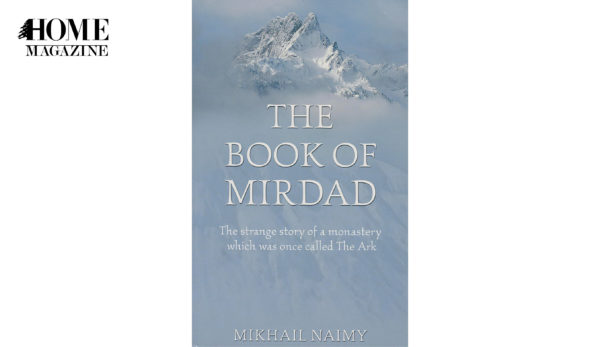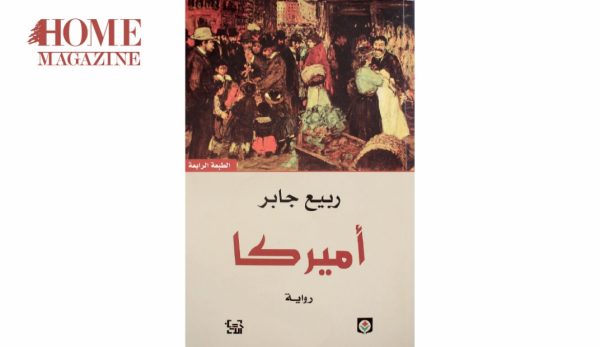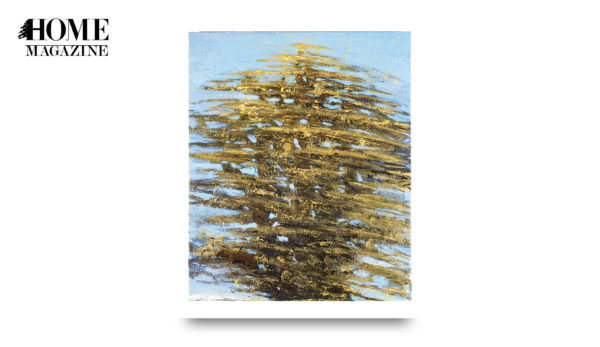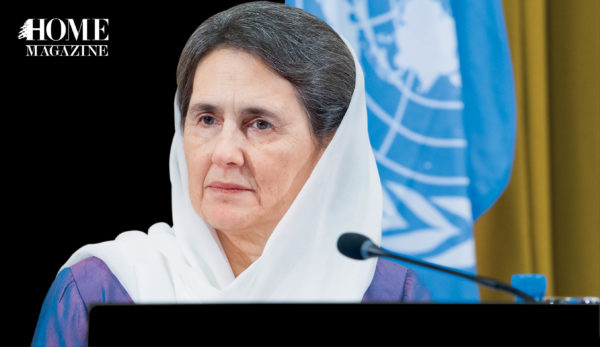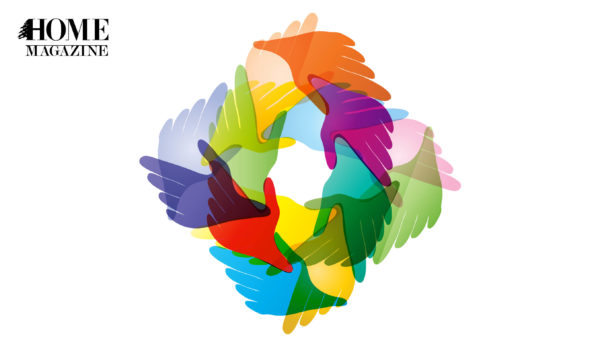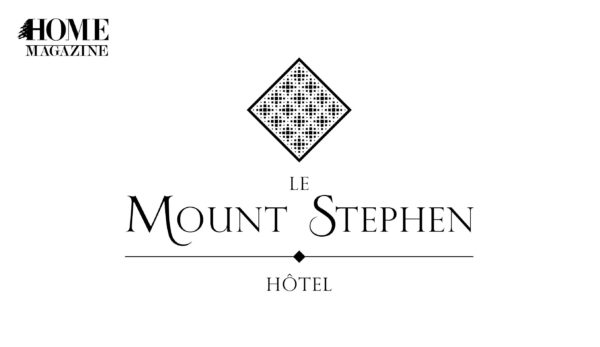Tarek Nahas, curator of the BEIRUT ART FAIR’S exhibition entirely devoted to Lebanese photography, summarizes the motivation behind his efforts for his showcase Across Boundaries: “The core, the heart of this initiative, is to bring to the general public what the public institution cannot.” Nahas, with BEIRUT ART FAIR as the means, was a pioneer in shaping the perception of photography in Lebanon as fine art.
Putting the fair together takes tremendous effort, but its importance as a platform for local artists creates a meaningful momentum to the art world and its advocates.
The event of five short days took one and a half years to plan and prepare. Nahas wanted as many people as possible to see this fair and to link people in the community, ultimately fostering awareness of photography and connecting the public institution world to the private.
Across Boundaries offered approximately 100 pieces of Lebanese photography from a variety of collections, including major universities (such as the American University of Beirut and Université Saint-Joseph), established art foundations and even from Nahas’ private collector friends. he was very subjective in his curating, seeing every piece of artwork firsthand and putting together 120 years of history in three main themes: Intimate, Documents and Territory.
At the center of the Territory theme was landscape, depicted by magnificent works that transformed the photographer into a universal territory or an intimate one. The Documents theme explored Lebanon’s history. Photojournalists from 1975 to 1990, alongside visual artists, resurrected memories and created photographic works of a testimonial nature. The Intimate theme put the emphasis on the earthly body and the essence of beings.
The works of the artists questioned this complex notion. Subthemes included eroticism, vanity and the topical issue of the self-portrait.
“I would like this exhibition to be seen as an introduction to the subject and to pave the way to other projects,” says Nahas, “because apart from my desire to support Lebanese photography and to promote dialogue and debate on this artistic scene, it was important to showcase the strength and the relevance of Lebanese private and public collections. This approach revealed a body of work that was much richer than expected.” For Nahas, bringing together a variety of artworks was like bringing together different points of view, a notion on which Lebanon itself is built and by which its people live.





